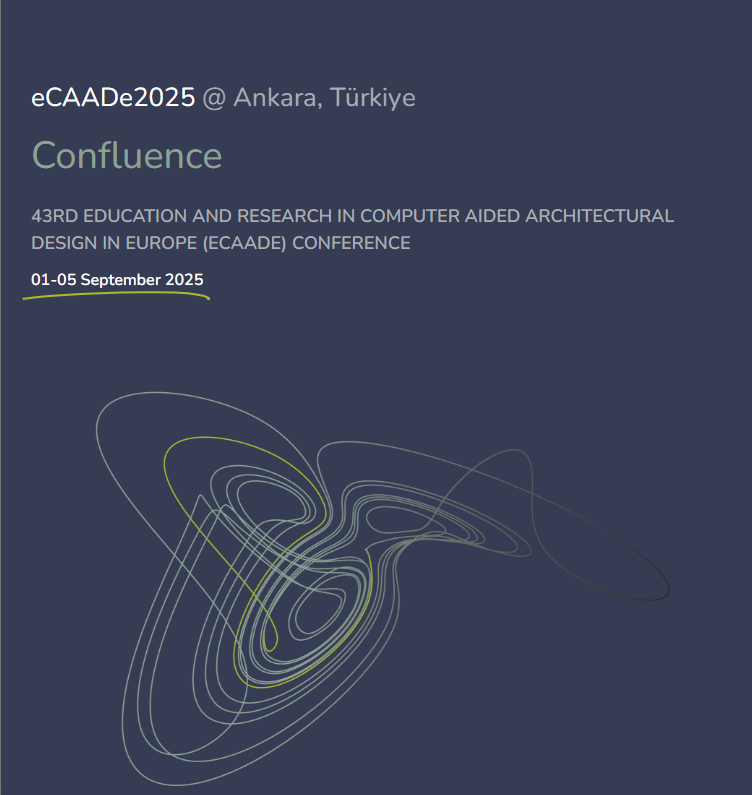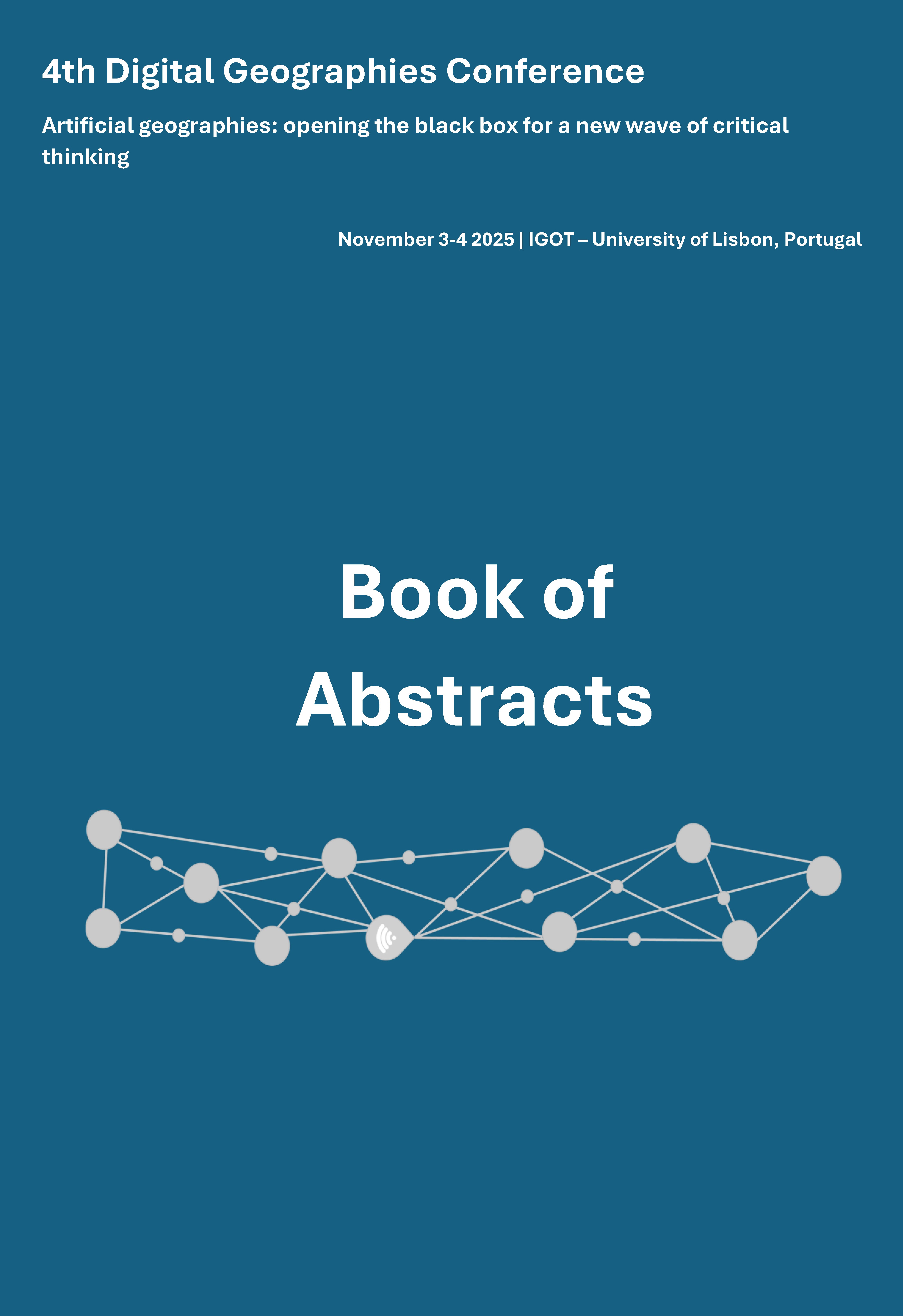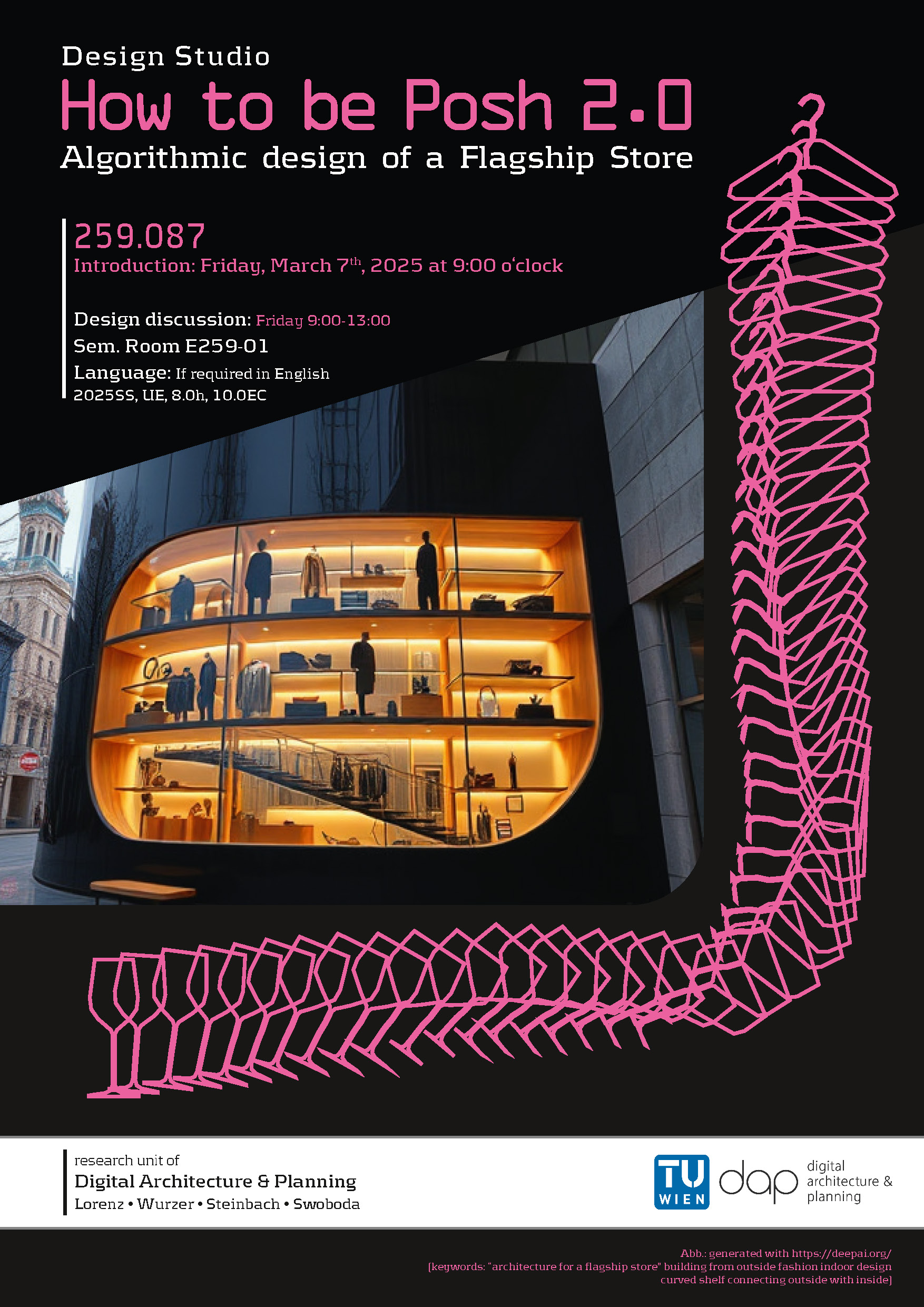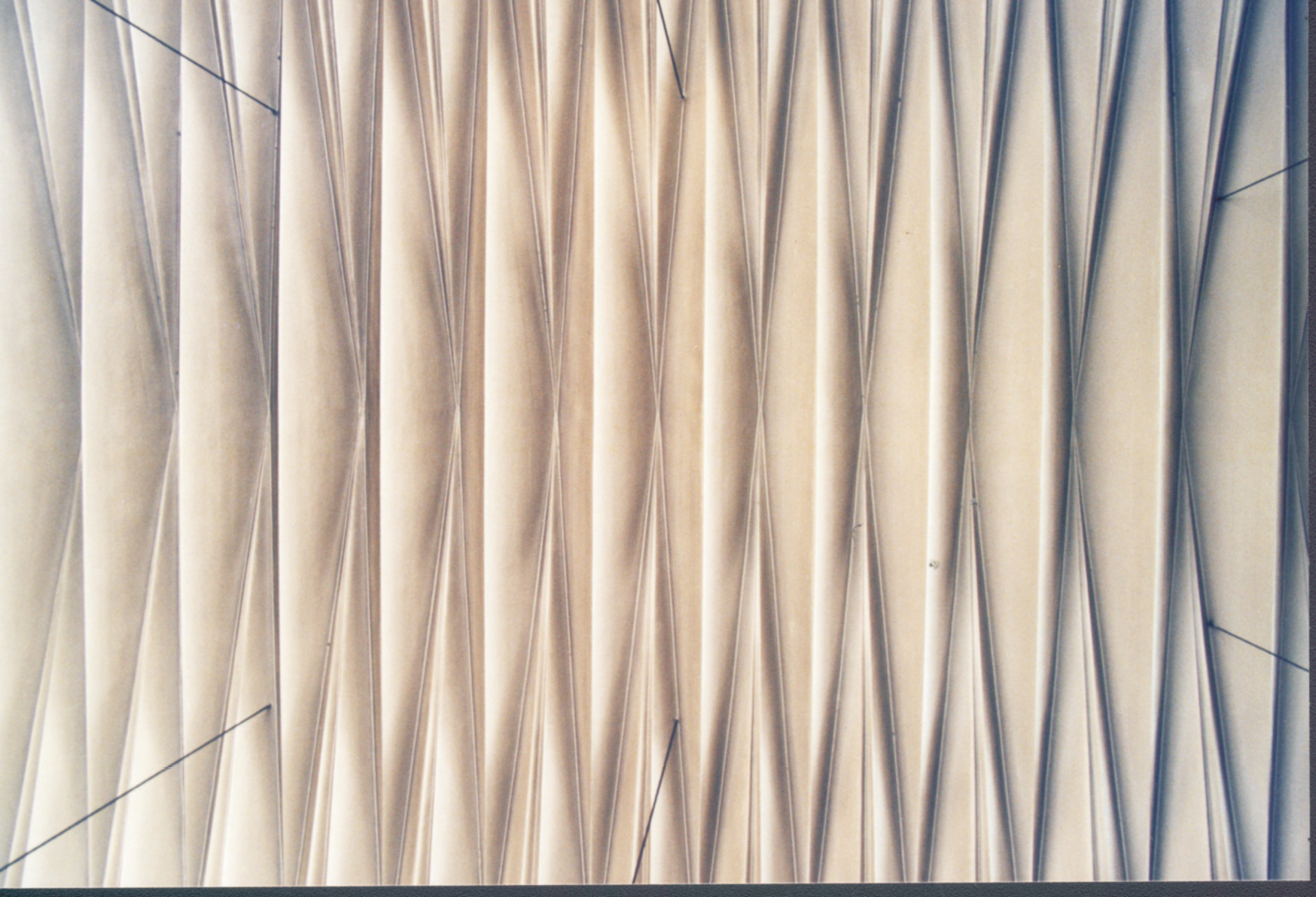Footnotes
[01] Comparison of natural objects with Euclidean geometry by the mathematician Benoit Mandelbrot in "The Fractal Geometry of Nature". Bovill Carl, Fractal Geometry in Architecture and Design (1996), Birkhäuser Bosten, ISBN 3-7643-3795-8, p.4, Mandelbrot Benoit B., Dr. Zähle Ulrich (editor of the german edition), Die fraktale Geometrie der Natur (1991) einmalige Sonderausgabe, Birkhäuser Verlag Berlin, ISBN 3-7643-2646-8, p.13.
[02] Warning of Michael Barnsley in the introduction to his book "Fractals Everywhere" (1988), Academic Press. Bovill Carl, Fractal Geometry in Architecture and Design (1996), Birkhäuser Bosten, ISBN 3-7643-3795-8, p.3.
[03] The Latin adjective "fractus" - from which the term "fractals" is derived - was used by Benoit Mandelbrot to denote a phenomenon with a new word. The Latin verb 'frangere' means "break into irregular fragments", Mandelbrot Benoit B., Dr. Zähle Ulrich (editor of the german edition), Die fraktale Geometrie der Natur (1991) einmalige Sonderausgabe, Birkhäuser Verlag Berlin, ISBN 3-7643-2646-8, p.27.
[04] Maybe it is this beautiful interesting appearance that brings a better access to mathematics: the theory of fractals and chaos is not only an abstract theory but it can also be visualised - mostly through the computer - which surely is helpful for better understanding of the underlying mathematics.
[05] Batty and Longley, Fractal Cities (1994), Academic Press Inc., ISBN 0-12-4555-70-5, p.31.
[06] That is what architects may be interested in: forms - their mathematical explanation and their application to architecture. Today we use the mathematical explanation of complex geometries, fractals, in animated cartoons and scienc fiction movies to generate trees, ferns, mountains, unknown worlds and whatever is found in nature. The fractal geometry reduces the complex forms to much simpler mathematical expressions which make computer files smaller and, reduced to a few iterations, above all quicker to compute - which means to produce. So one field of application may be in CAD where complex forms of nature such as clouds and trees may be constructed without using strange complicated wire models or 2-dimensional pictures.
[07] Peak David and Frame Michael, Komplexität - das gezähmte Chaos (1995), Birkhäuser Berlin, ISBN 3-7643-5132-2, p.19. Complexity in architecture means that elements of e.g. a facade - columns, capitals, base, architraves etc - can be grouped in a way that there is more than one equivalent interpretation presented to the observer. This is true for Michelangelos’ facade for the funerary chapel of San Lorenzo in Florence (1516-1534). Complexity does not mean complicated forms but the interconnection of elements that produce the whole. Von Meiss Pierre, Elements of architecture, from form to place (reprinted 1998), E & FN Spon, ISBN 0 419 15940 1, p.45.
[08] Comparison by Benoit Mandelbrot in "The Fractal Geometry of Nature" - Die fraktale Geometrie der Natur (1991) einmalige Sonderausgabe, Birkhäuser Verlag Berlin, ISBN 3-7643-2646-8, p.35. Bovill Carl, Fractal Geometry in Architecture and Design (1996), Birkhäuser Bosten, ISBN 3-7643-3795-8, p.115.
[09] Of course this will not lead to an automatic architect: we know the limits of artificial intelligence. There exists, for example, a computer program which produces ground plans of villas by Palladio through algorithms. The grammar of buildings by Palladio was analyzed and brought into rules - for example the repeating symmetric axes and the continuous main-room. With the set of rules and the repeating recursive application of them, a defined grid and additional rules for the porticos, windows and doors under the control of Palladios rules of forms, the computer works out a couple of results that look like the villas built by Palladio - the underlying structure, the character is reproduced well. But there are some limits shown, for example in the third dimension, where too many rules for computing would be needed. Beside that the machine has a lack of knowing the meaning of functions - the relation to the neighborhood is missing. The program is neither able to sort out "wrong" ground floors which are not fitting that well, nor is there a limit in using the program for more complex forms.
[10] The form of the roof of the Casa Batlló by Antoni Gaudí looks like the back of a dinosaur, the columns of the ground floor seem to be the feet of elephants and the balconies look like faces of animals. Jürgens Tietz: Geschichte der Architektur des 20. Jahrhunderts (1998), Könemann, ISBN 3-8290-0512-1, p12.










